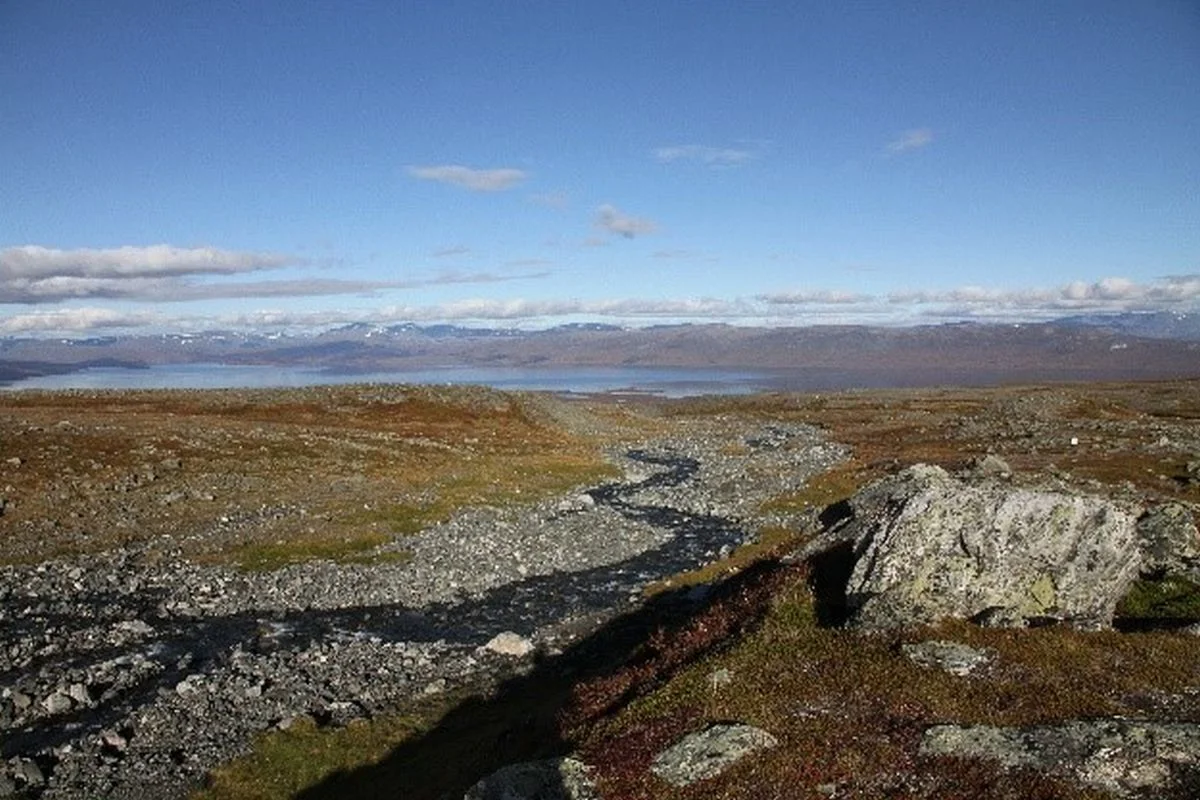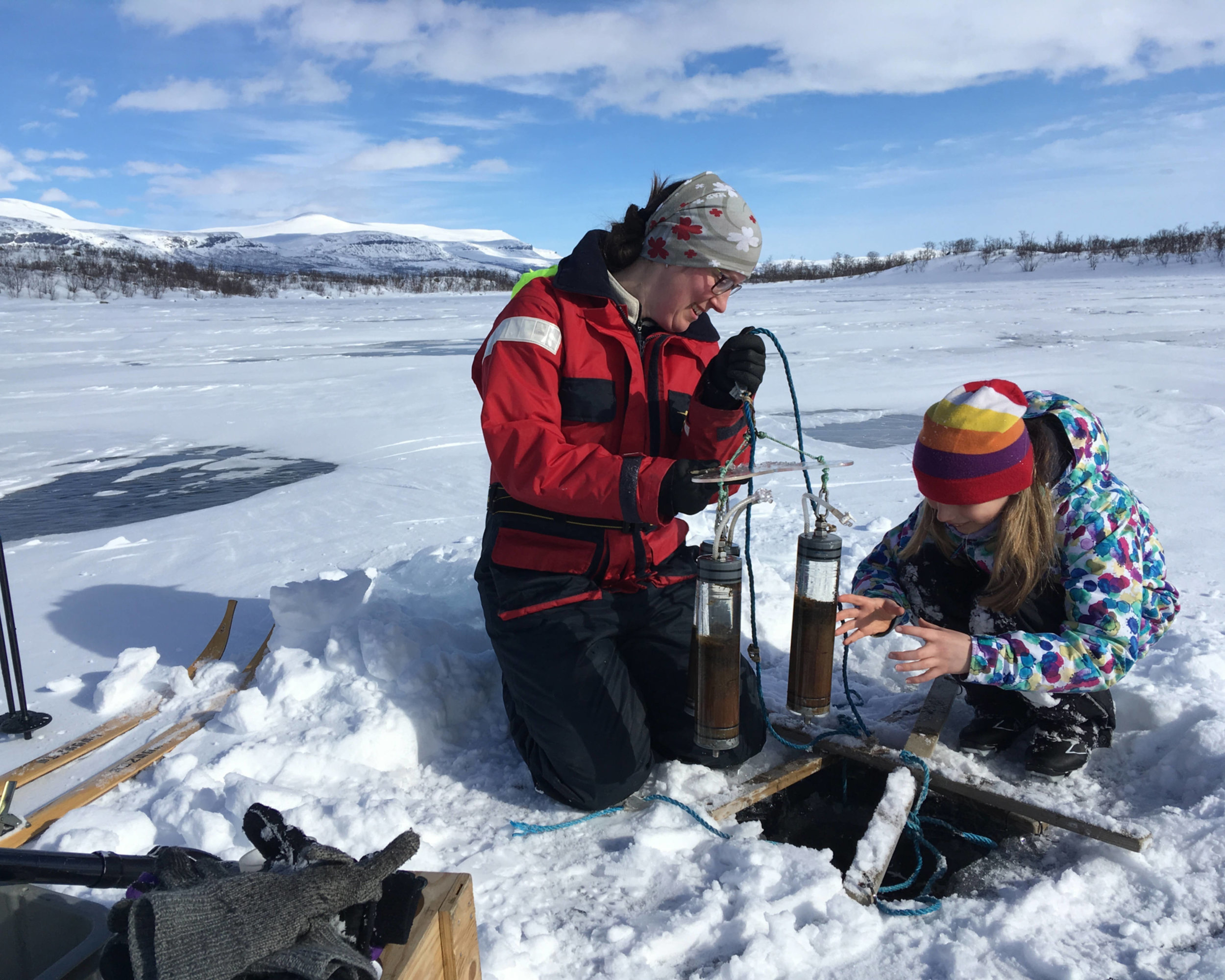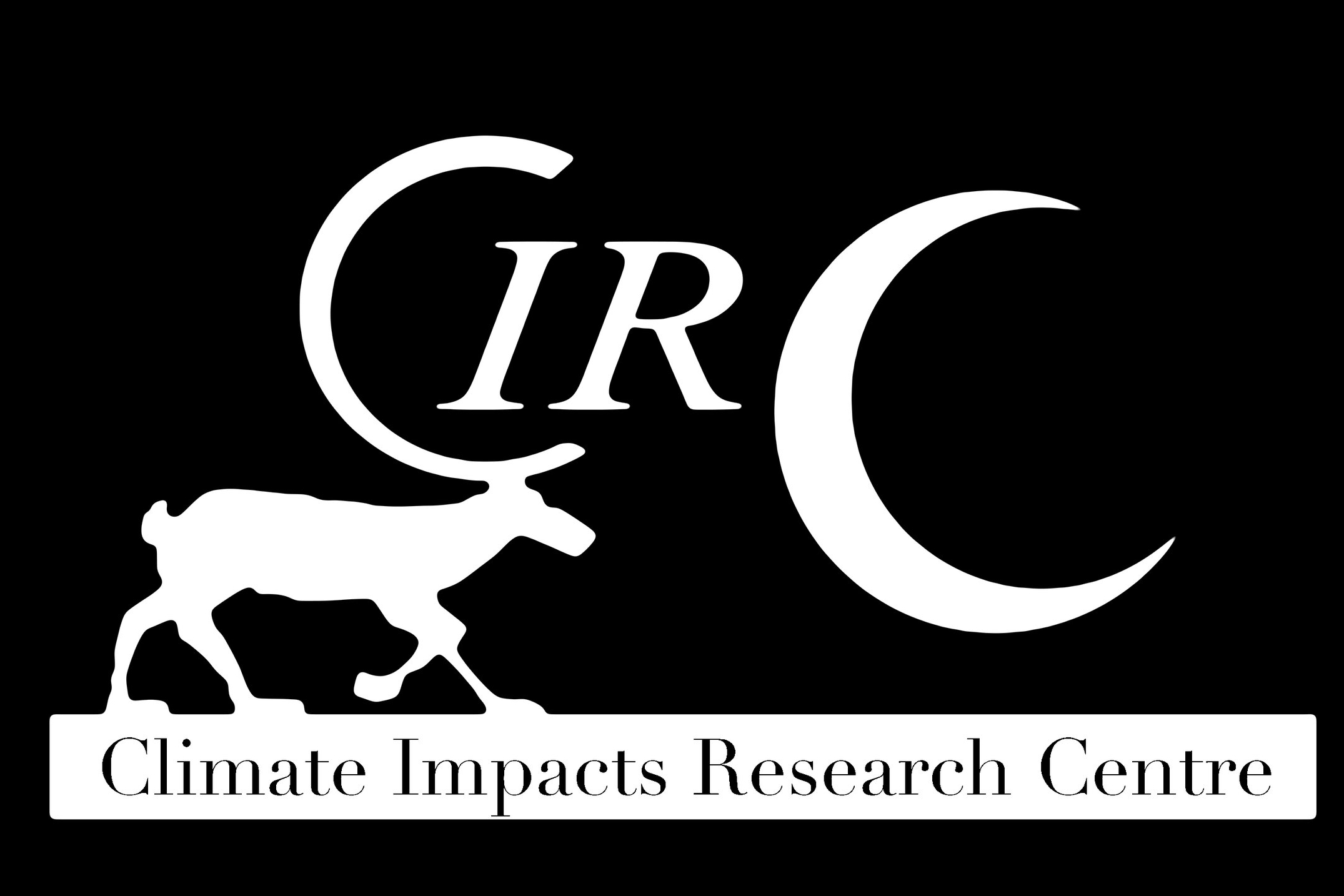The arctic region not only provides us with beautiful sceneries that sustain reindeer husbandry and harbour unique biodiversity; it provides one of its most important services by storing about twice the amount of carbon that is currently in the atmosphere in its soils. Climate warming will most likely stimulate the release of a large part of the carbon from these soils, which may reinforce climate warming.
Can information preserved in old soils be used to predict future environmental change? Using ancient soil DNA to assess terrestrial ecosystem responses to environmental perturbations
This project aims to develop a new and more subtle proxy, soil ancient DNA, for paleo-ecological studies needed when understanding environmental change working beyond our contemporary monitoring programs.
The invisible carbon: an early indication of ecosystem change!
Streams are sensitive sentinels for environmental change by their integration of processes in terrestrial and aquatic systems. Upland headwater streams in the north Swedish tundra show seasonally exceptional high concentrations of uncolored dissolved organic carbon (DOC) and high carbon dioxide concentrations.
Tundra P - Phosphorus transformation across Pan-Arctic tundra ecosystems
Phosphorus (P) constrains the activity of plants and decomposers, and therefore carbon storage in many arctic ecosystems, yet our understanding of P availability in the tundra lags behind understanding of the carbon and nitrogen cycles.
Phosphorus efficient agriculture with arbuscular mycorrhizal fungi
Phosphorus (P) is an essential element for all living organisms, and without P we cannot produce food. Most P that is used in agriculture comes from mines in Northern Africa, which are about to be depleted.
Nutrient availability along two arctic successional gradients
Understanding how plant succession is influenced by climate warming is a key issue for understanding how arctic landscapes will change in the future. At high latitudes, low temperature drives disturbance and the consequent primary succession (e.g., cryoturbation, glacier advance and retreat).
Investigating drivers of litter carbon turnover in Arctic soils
Soils store massive amounts of C and are therefore important regulators of global climate. Consequently, efforts are made to understand what controls soil C storage.
Teatime4science
Teatime4science
Emily Goldstein Museum
Project summary
Project website
Collaborators
Mariet Hefting, Utrecht University
Taru Sandén, Department for Soil Health and Plant Nutrition at the Austrian Agency for Health and Food Safety (AGES)
Joost Keuskamp, Biont Research
Funding
Vetenskapsrådet
Technical faculty of Umea university
Project Dates
2015 - 2019
Project Photos
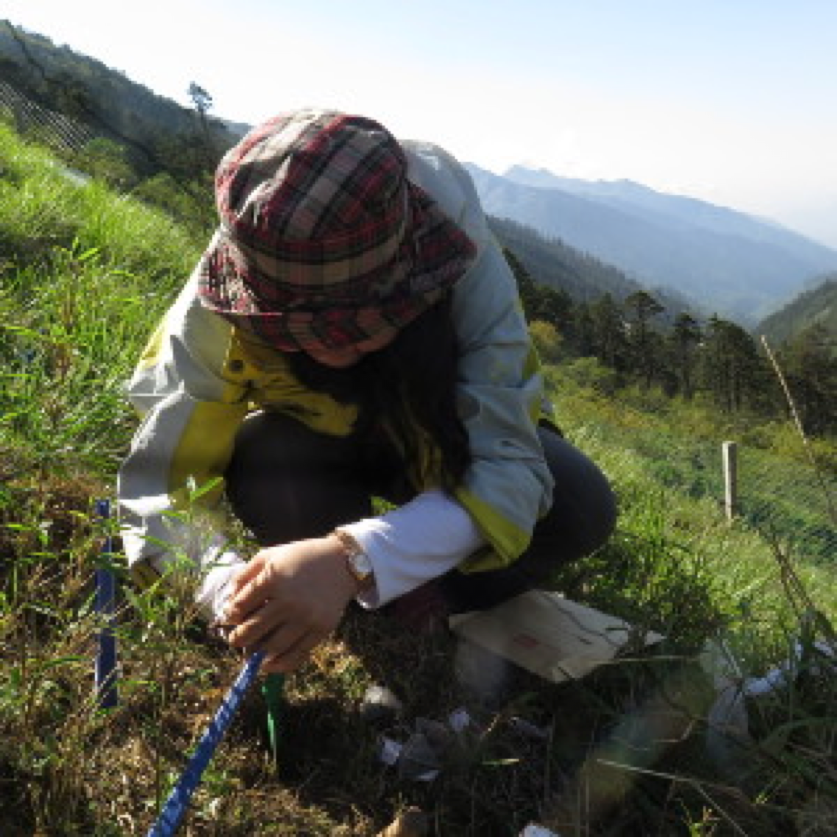
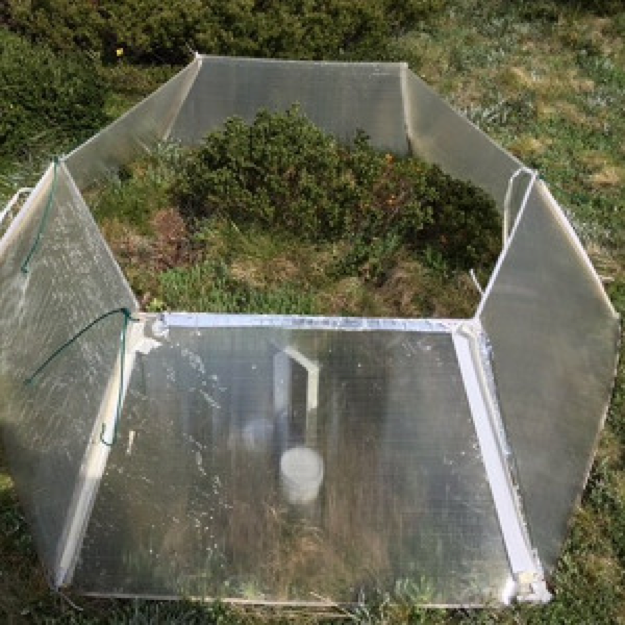

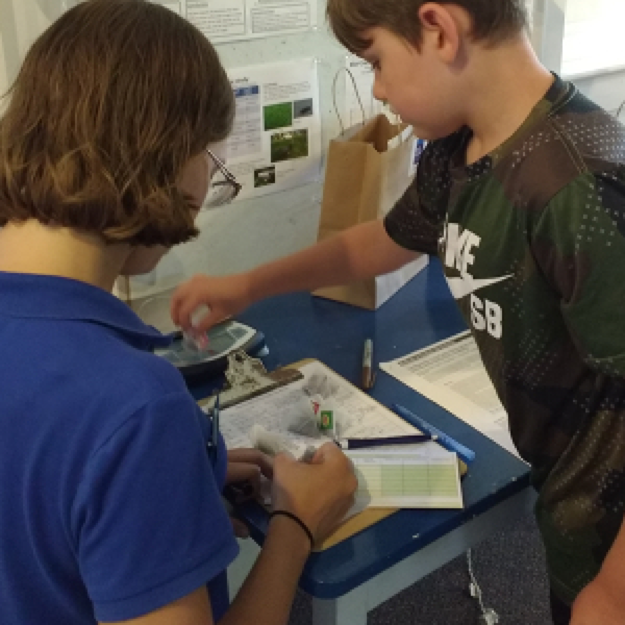
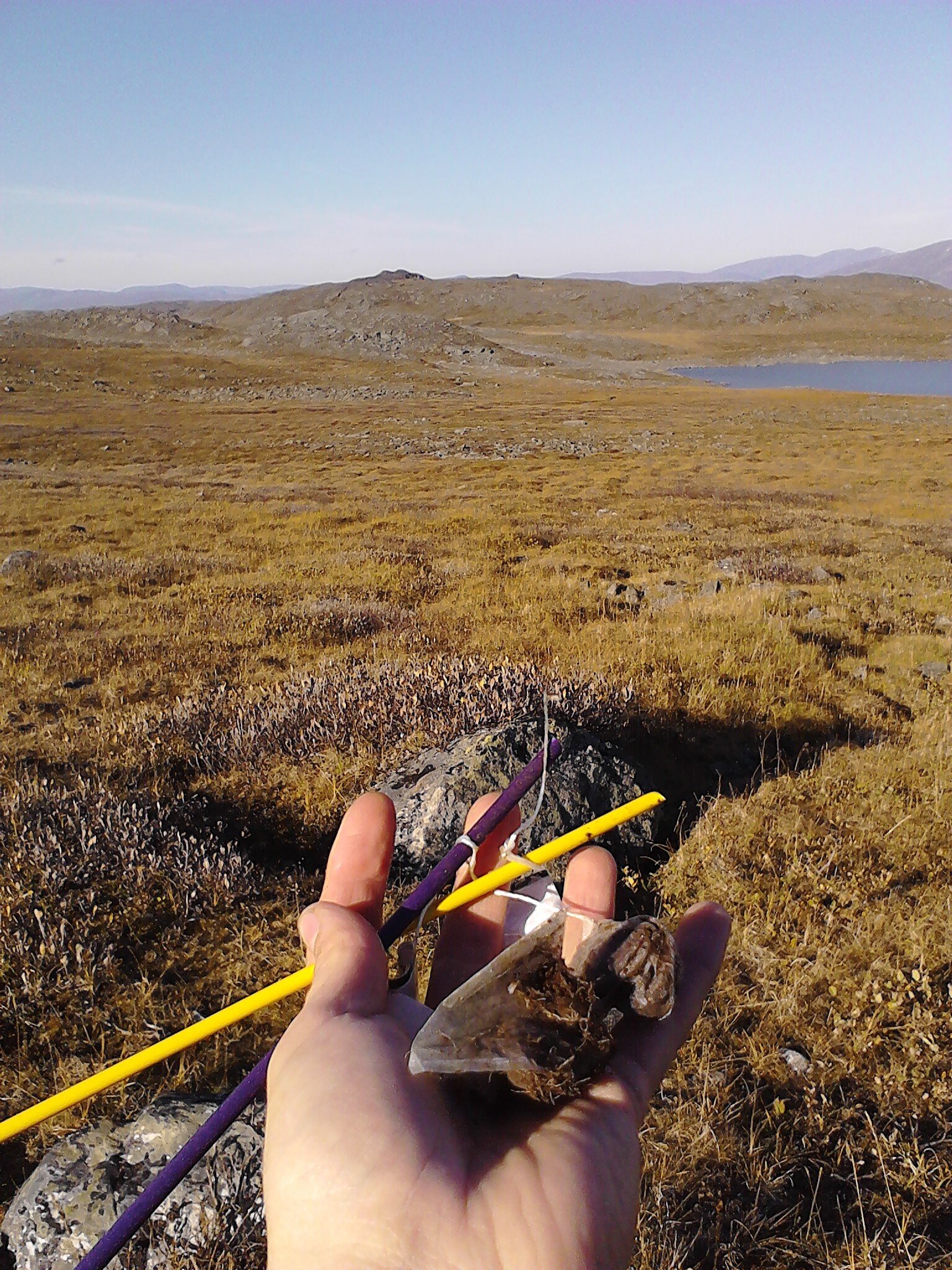

Changing ice-cover regimes in a warmer climate: Effects on northern aquatic ecosystems
Changing ice-cover regimes in a warmer climate: Effects on northern aquatic ecosystems
Ice Sampling at Lake Almberga
Project summary
Collaborators
Erin Hotchkiss, Virginia Polytechnic Institute and State University
Rolf Vinebrooke, University of Alberta
Funding
Formas
EcoChange
Project Dates
2017 - 2020
Benthic and pelagic production in coastal ecosystems of the northern Baltic Sea
The northern basins of the Baltic Sea are relatively shallow systems, implying that coastal processes can be of great significance to this area. It is likely that benthic primary production is an important part of the basal production in coastal ecosystems.
ALTER - Abisko Long-Term Ecological Research
An important way in which plants affect carbon storage is by their interactions with symbiotic soil fungi – mycorrhiza –, as they have a great ability to store carbon belowground, although the way in which they do this depends on the plant species. Changes in vegetation composition therefore will also determine which types of fungi can be found in the landscape.
Fingerprints of change: Abisko plants and phenology
Our citizen science project focuses on the much-beloved signs of seasonal change – the emergence of leaves in the spring, the start of flowering, when berries are ripe for picking, and autumn leaf colours. Our project is inspired by the works of a few key botanists who helped put Abisko on the map 100 years ago, who established a transect from the summit of Mt Nuolja, which we use today.
Climate change induced regime shifts in Northern lake ecosystems
This project brings together new tools and concepts in biogeochemistry and ecology, with the aims of understanding and predicting the effects of climate change on the delivery of two major ecosystem services, fish production and the net greenhouse gas balance of Northern lakes.
Monitoring and management of Arctic lakes in a changing climate
The purpose of this study is to improve knowledge and monitoring of climate impacts on Arctic lakes. Specific aims include to quantify and provide threshold variables for climate change-induced regime shifts in fish resource use and production, and to develop tools and guidelines to be used in monitoring programs.
Climate impact on sources and sinks of greenhouse gases in high-latitude lakes
The core of the project is made up of (i) comparative studies of lakes across gradients in temperature and precipitation and (ii) large-scale experimental test of responses in C emission and burial to increases in temperature and precipitation/runoff.
A cross-system analysis of ecological change in Kangerlussuaq (SW Greenland) and Torneträsk (Northern Sweden)
In this project, we will synthesize the available data from Torneträsk in Northern Sweden and Kangerlussuaq in south-west Greenland using novel statistical approaches to understand the key drivers of ecological changes at a range of timescales.
Taking the pulse of Swedish rivers: using metabolism to monitor ecosystem responses to environmental change
Taking the pulse of Swedish rivers: using metabolism to monitor ecosystem responses to environmental change
Project Summary
Streams and rivers carry out multiple ecosystem services that respond to and integrate natural and anthropogenic perturbations across landscapes. In northern regions, a critical aspect of this ‘integration’ involves the regulation of carbon (C) transfer from land to the atmosphere and sea. In this context, the degree to which streams and rivers transform terrestrial organic carbon (OC) and act as sources of CO2 to the atmosphere is subject to much current debate. National monitoring programs have the potential to shed light on this issue, yet these efforts rarely assess aquatic ecosystem processes. As a solution, we propose adding high frequency measurements of dissolved oxygen (DO) to current monitoring programs, which allow for the calculation of fundamental metabolic rates at daily time scales. Such measures reveal the ‘pulse’ of biological activity in running waters with the temporal resolution needed to capture changes in the degradation of terrestrial OC and CO2 production and fixation in response to diverse environmental changes. The goals of this research are to 1) determine how the rates and patterns of metabolism in Swedish rivers are shaped by regional climatic gradients and anthropogenic stressors, 2) Quantify the extent to which streams and rivers in arctic, boreal, and hemi-boreal zones degrade terrestrial OC, and contribute to CO2 evasion, and 3) Advance a simple and cost efficient method to assess metabolism that will complement current monitoring programs in Sweden by adding functional metrics
Collaborators
Jan Karlsson, Umeå University
Erin Hotchkiss, Virginia Polytechnic Institute
Hjalmar Laudon, Swedish University of Agricultural Sciences, Umeå
Funding
Formas
Snow bunting migration and spring stop-over ecology in Abisko
Snow bunting migration and spring stop-over ecology in Abisko
Project Summary
Snow bunting (Plectrophenax nivalis or snösparv) have a circumpolar distribution, breeding mostly at Arctic latitudes or further south on alpine areas. Each year they migrate to lower latitudes to spend the winter, usually south of the snow line, though in human settlements they may stay further north where food is available. During winter, the Swedish breeding population is supplemented by snow bunting migrating from north Norway, Finland, Russia, Svalbard, and Greenland. The population of snow bunting breeding in Sweden has declined by 10-40% over the last 30 years, but is considered to have stabilised the last several years so is not currently considered threatened (Rödlistade arter i Sverige 2015, ArtDatabanken SLU). As the species breed at polar latitudes and alpine areas, and that they winter relatively far north, they are in areas experiencing some of the most rapid rates of climate change worldwide, with periods of snowcover reducing and timing of snowmelt becoming earlier, while temperature is rising (i..e approximately 1.5° C in the last 30 years in the Arctic). In this project we plan to both combine the collection of field data on migrating birds at a stopover site and breeding birds in northern Sweden (Abisko) with analysis of ring recovery data across Europe.
Collaborators
Tom Evans, CAnMOve, Lund University
Funders
Gustaf och Hanna Winblads
Project Photos
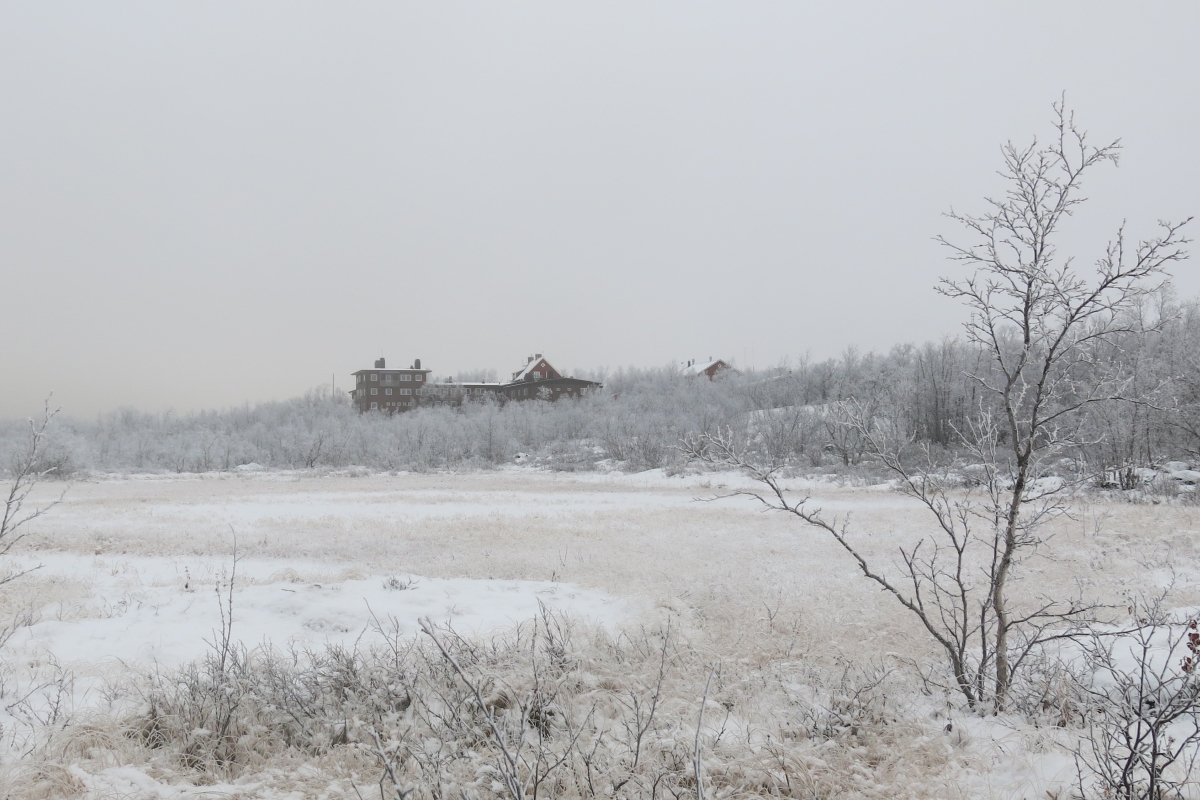

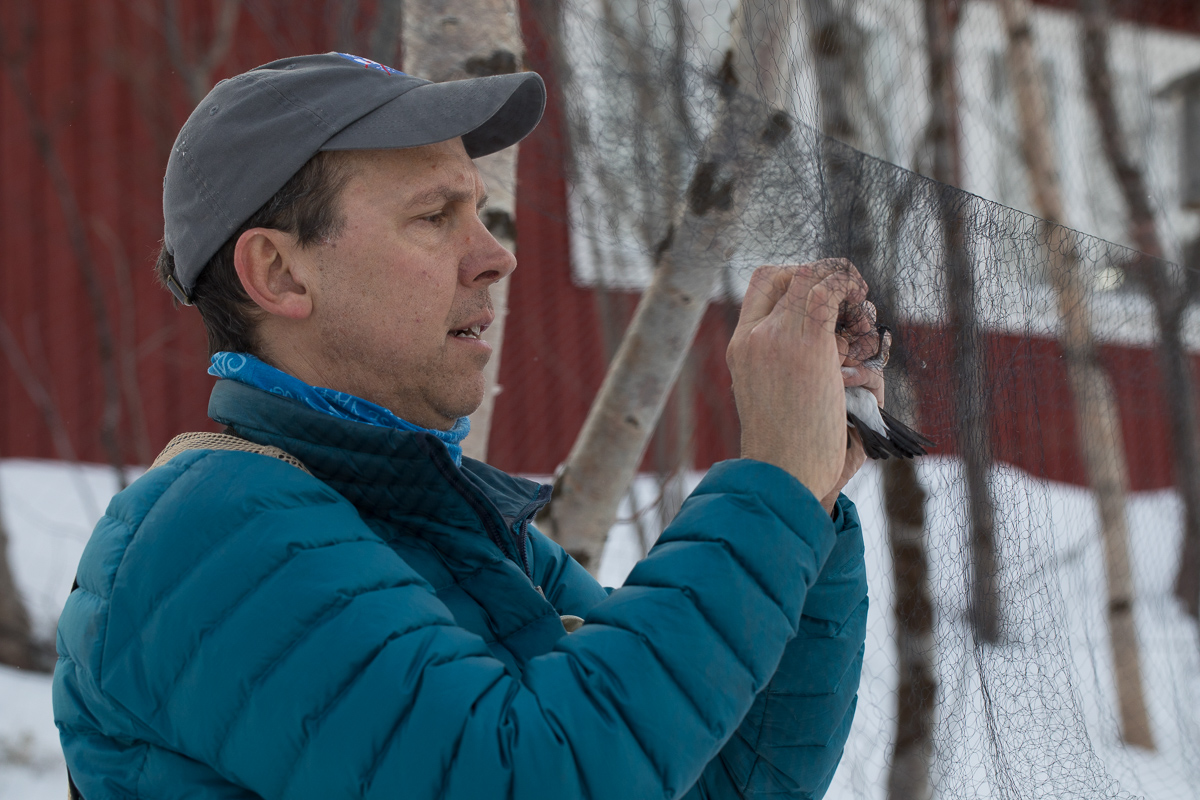
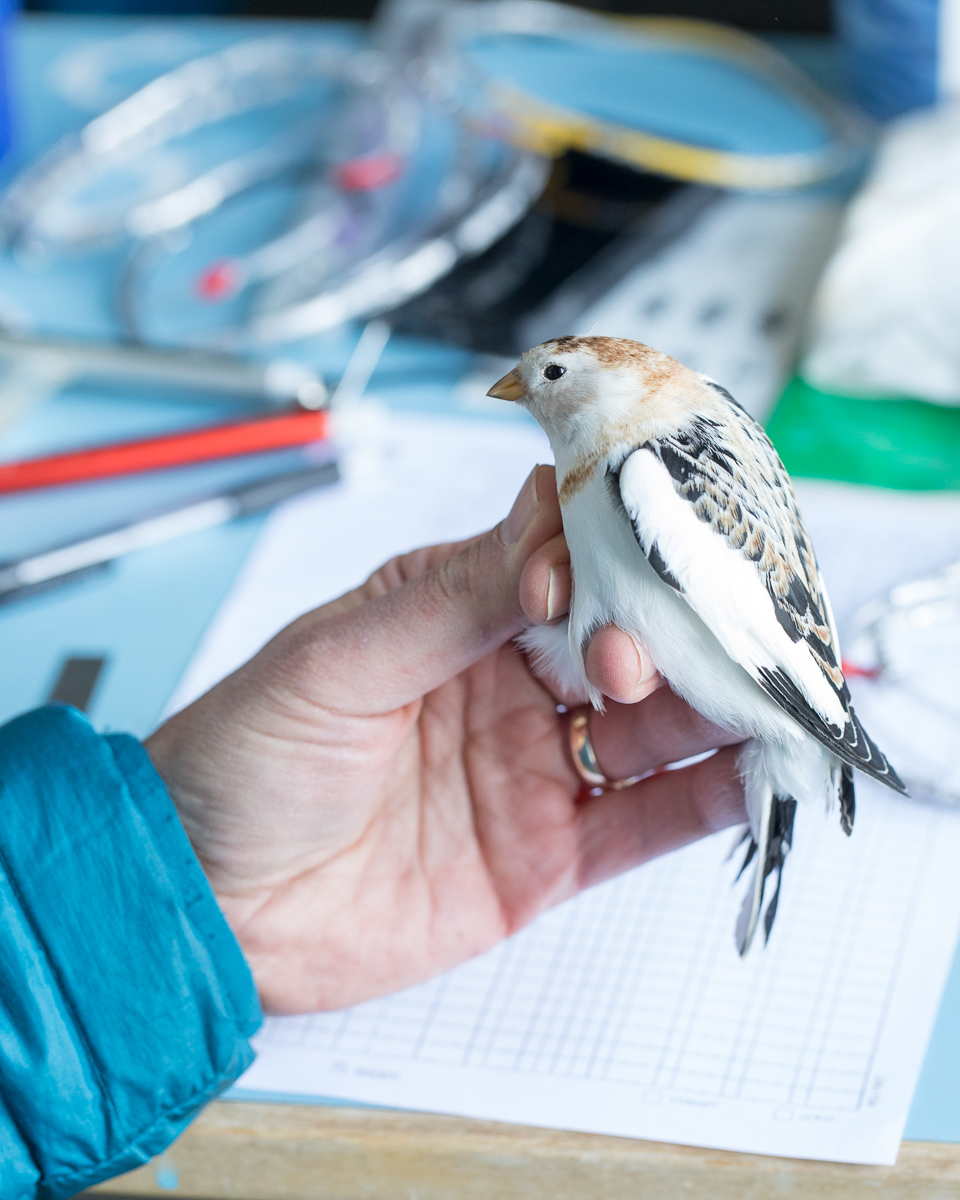

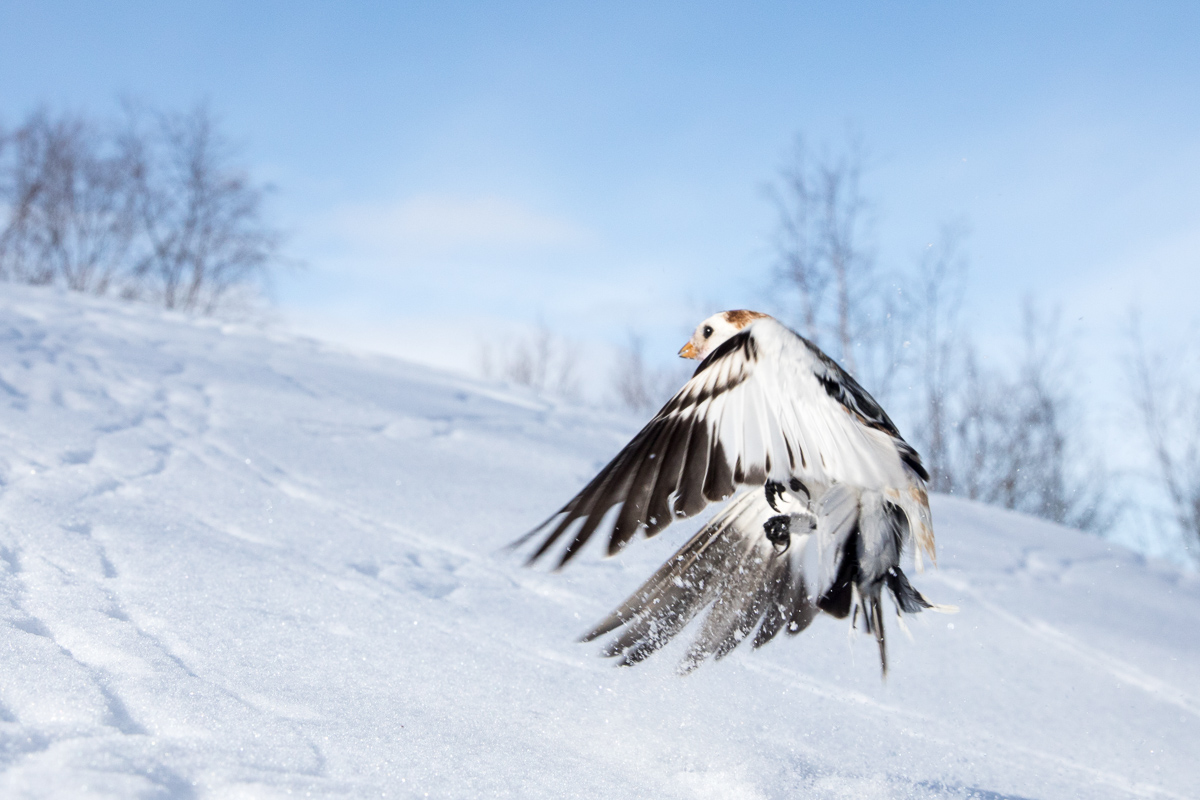
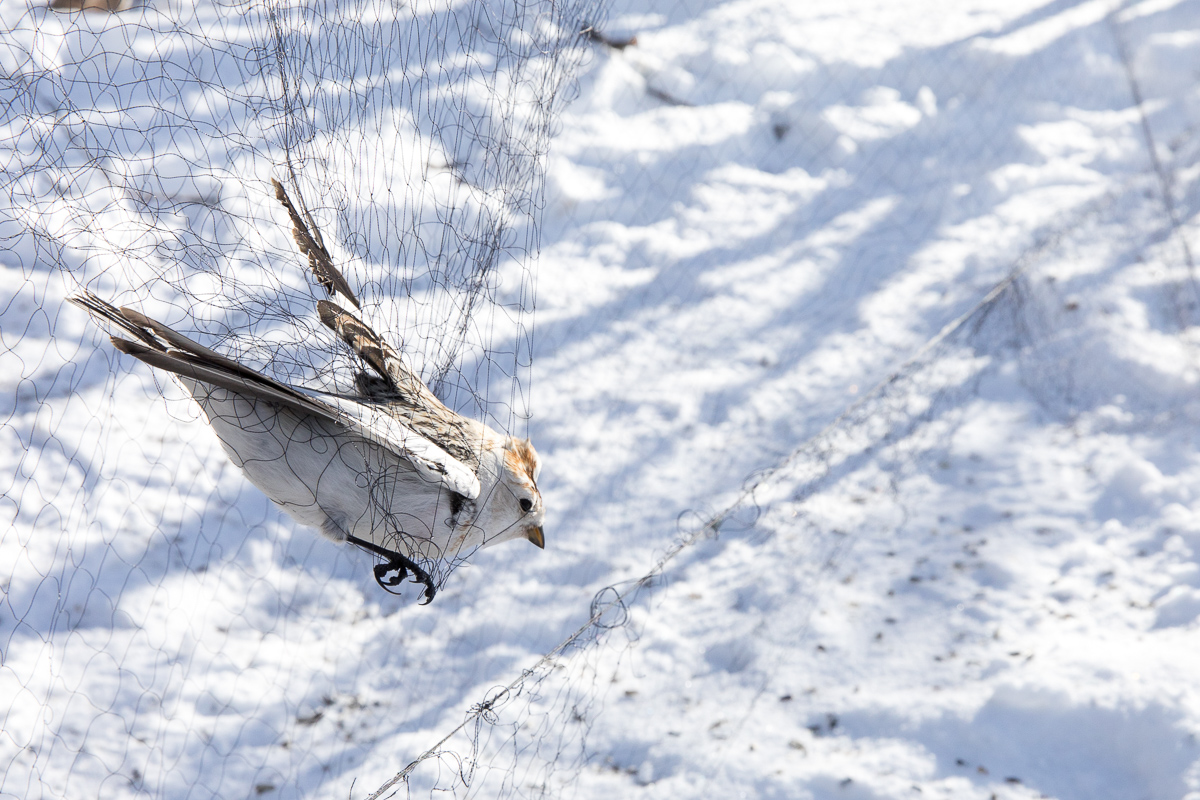
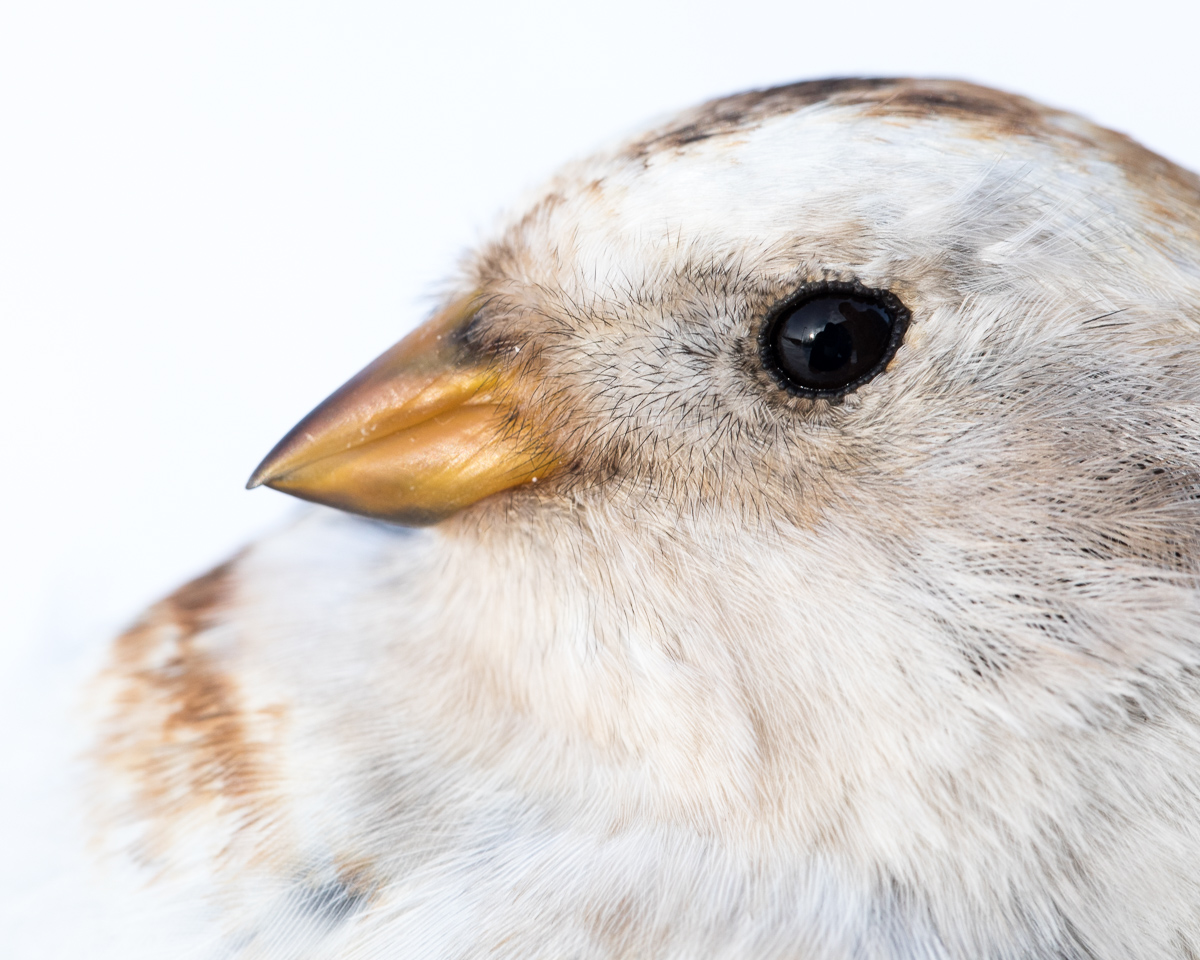
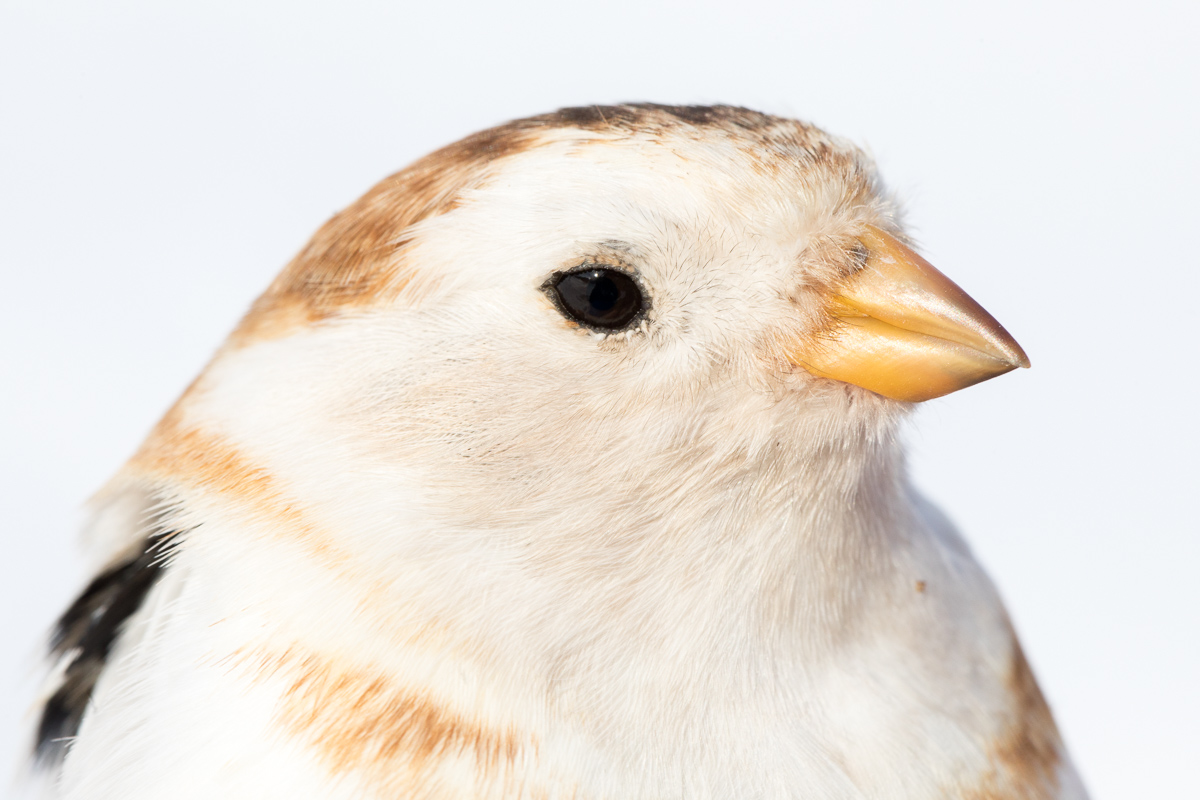
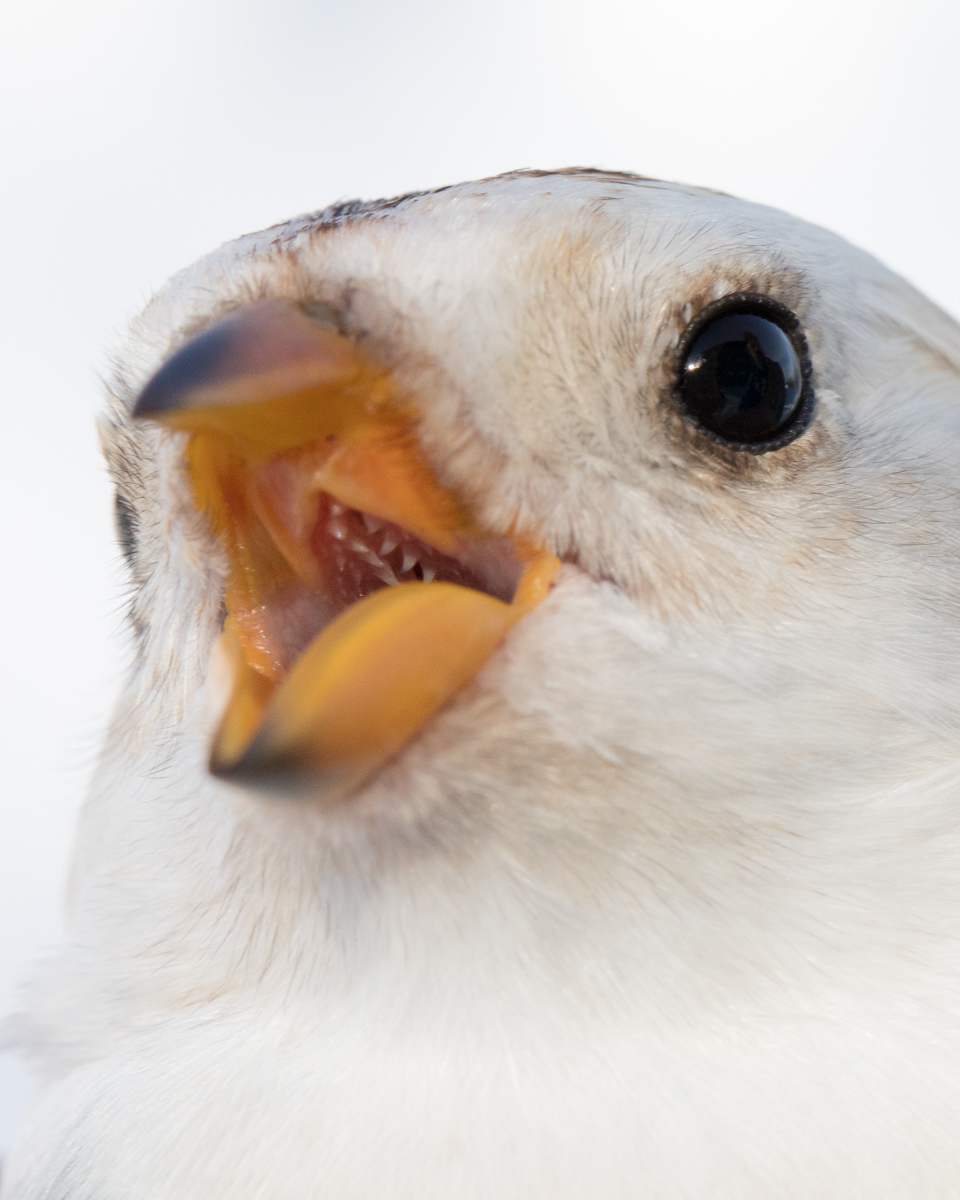
All photos of snow buntings taken and copyright of Oliver Wright.
Arenas for building relations for co-operation through citizen science
The purpose of this project is to develop capacity building for citizen science (CS) and strengthen cooperation in research and education at Swedish universities. The end products will be a resource for citizen science projects communicated on web portal and will continuously enable learning and knowledge exchange between the universities and the general public.
SITES Water
SITES WATER
SITES is a nationally co-ordinated infrastructure for terrestrial and limnological field research.
SITES extends throughout Sweden with different ecosystems and climatic zones, from agriculture lands, forest, cultivated forest to mires, streams, lakes and alpines.
SITES offers all scientists to use participating field research stations. Either you can be on site yourself or outsource an assignment to the technical staff at the station. You also have the opportunity to use existing data collected at the stations. There are, in a number of areas of research, extensive and long series of data. Read more about what SITES provides here.
Within SITES three new infrastructures has been initiated and is now under development: SITES Water, SITES AquaNet och SITES Spectral.
Project Description
SITES Water aims to build a long-term and well-coordinated measurement program
that will form the basis for the infrastructure where hydrological, physical, chemical and biological parameters in lakes and streams will be measured.
SITES Water builds a unique long-term measurement program where hydrological, physical, chemical, and biological parameters within lakes and streams are measured. Based on this ‘backbone’ infrastructure SITES Water will thus provide data and facilities to address a broad range of scientific questions relevant for the scientific community.
Seven of SITES nine stations participate. SITES Water is either initiated as a new facility at some stations or built upon already existing stream/lake networks at some other stations. SITES Water share and competence develop the team/crews across stations working with these structures and data to deliver a state-of-the-art measurement program.
SITES Water data
There are several types of data collected within SITES Water divided into six layers.
Each layer are described below and there specify well what type of data that are collected and distributed. All layers are divided into base and advance level where base level apply to all stations, and advance apply to some and are usually a result of already ongoing programs and built on previous knowledge at the station.
Site in abisko
Abisko scientific station is unique and versatile modern research station located app. 200 km north of the polar circle. The station has international standard and are used by a number of different research projects addressing high tech experiments in soil and water terrain. Abisko also provides measurement programs and observations for a number of different parameters. The surrounding environment is diverging both from a topographic perspective but also regarding climate gradients.
Researches in Abisko utilize the measurement programs and observational data series along with specific experiment and modelling to address questions mainly related to environment and climate change. Addressed time perspectives of these studies range from hundreds of millions of years back in time to different future scenarios.
Each year between 500 and 600 researchers from the whole world visit Abisko. The station provides lodging, guest kitchen, laboratories, offices, library, workshops, and lecture halls, meeting rooms, green house, “attempt gardens”, storage rooms and a meteorological station.
For access of observations and data from measurement programs in Abisko please contact the station manager, explore Abisko base program of parameters and sampling plots or visit Abisko-GIS (external homepage).
Abisko is part of SITES infrastructures SITES Water and SITES Spectral.
The homepage of Abisko can be found here.



